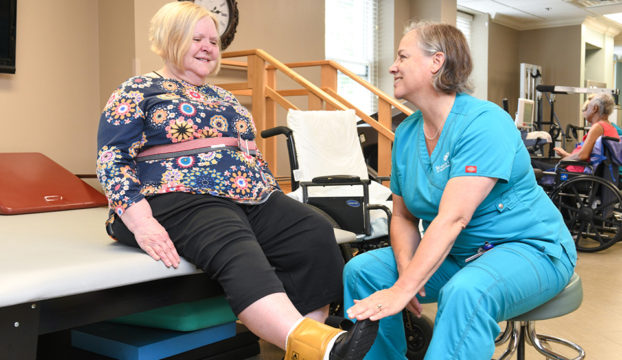Analyzing the Complexities of Long-Term Aches After Physical Injuries and Its Role on Rehabilitation
Chronic pain is a significant issue that frequently results from sports injuries, affecting numerous athletes and active persons. When someone suffers from a athletic trauma, such as a ligament injury, muscle tear, or break, the initial response usually includes soreness and inflammation. However, for some individuals, this discomfort does not diminish after the damage recovers. Instead, they may persistently experience pain well beyond the original trauma. This persistent condition is known as long-term discomfort, and it can be difficult to treat. Understanding the complexities of chronic pain is essential for both patients and medical professionals to promote effective rehabilitation.
One reason persistent discomfort can emerge after a physical trauma is due to the body's response to tissue damage. When bodily structures are injured, the system sends out alerts to notify the brain of the damage. This mechanism includes swelling, which is part of the recovery process. However, in some cases, this inflammatory response can become exaggerated or prolonged, leading to ongoing discomfort even when the damage has resolved. Additionally, mental health aspects like anxiety and depression can contribute to how individuals perceive sensation. Sports participants may feel anxious about resuming athletic activity, which can affect their perception of pain.

Persistent discomfort can seriously affect an individual athlete’s rehabilitation journey. It get redirected here can affect their ability to practice and perform at their usual levels. Sportspeople may end up unable to participate in training sessions or competitions due to fear of aggravating their injury. This situation can lead to emotions of frustration and isolation. When patients cannot function as they did before their trauma, it may also undermine their mental health and self-esteem. As a result, addressing both the physical and psychological components of recovery is crucial for managing chronic pain.
Multiple therapeutic approaches exist for addressing persistent discomfort after sports injuries. Healthcare providers frequently recommend a combination of physiotherapy, medication, and alternative treatments like needle therapy or manual therapy. Physical therapy emphasizes improving strength and range of motion while managing discomfort through targeted exercises. Drugs such as anti-inflammatories or pain relievers may be recommended to help manage symptoms. Each patient’s situation is unique; therefore, developing a customized treatment plan that considers personal requirements and goals is crucial for effective rehabilitation.
In conclusion, persistent discomfort following sports injuries is a multifaceted issue that demands careful consideration and intervention. It affects not only the bodily aspect of recovery but rehabilitation clinics for athletes also the emotional well-being of sports participants. By understanding the underlying factors and effects of long-term discomfort, patients and healthcare providers can collaborate effectively more effectively toward rehabilitation. With appropriate clinical approaches and support systems in place, a significant number of people can overcome persistent symptoms and resume participation in their favorite sports activities to the fullest.